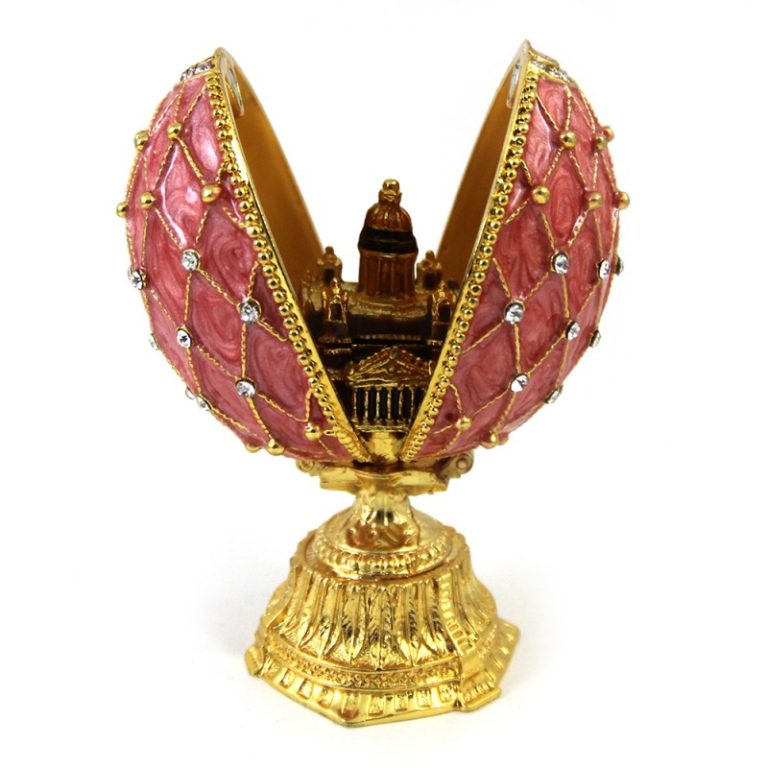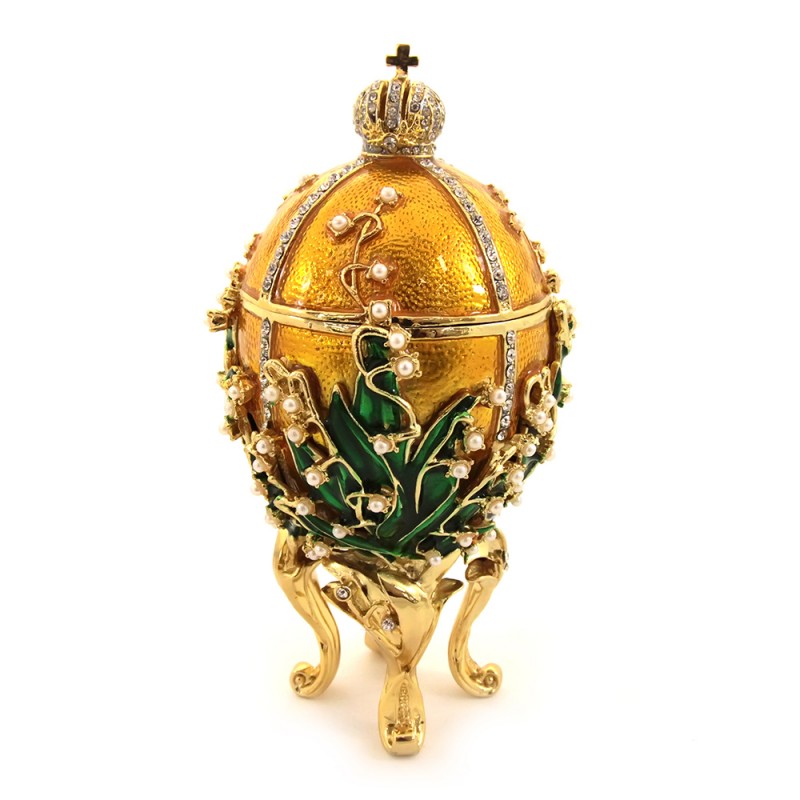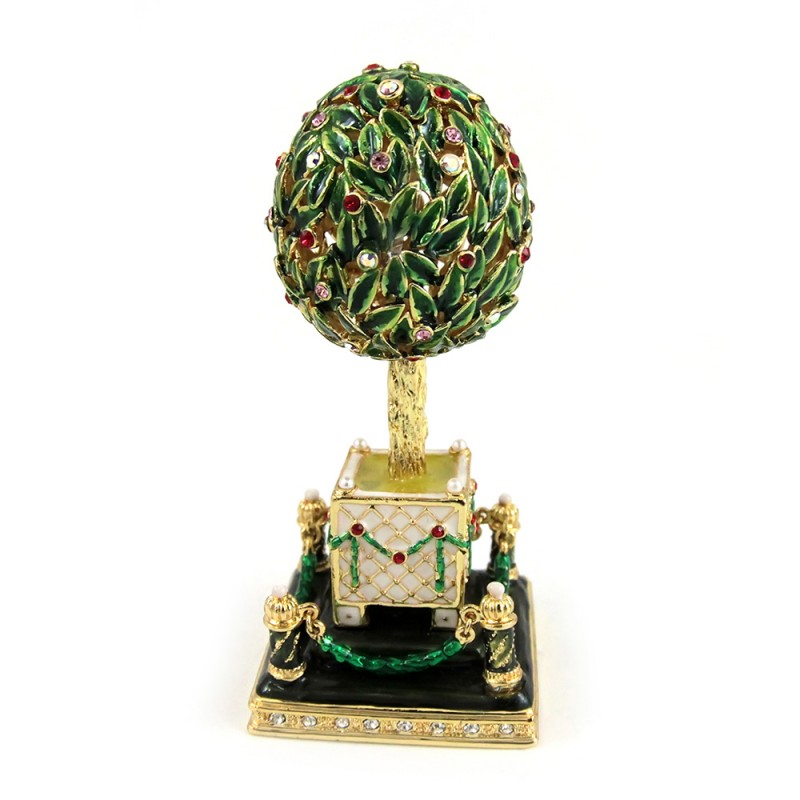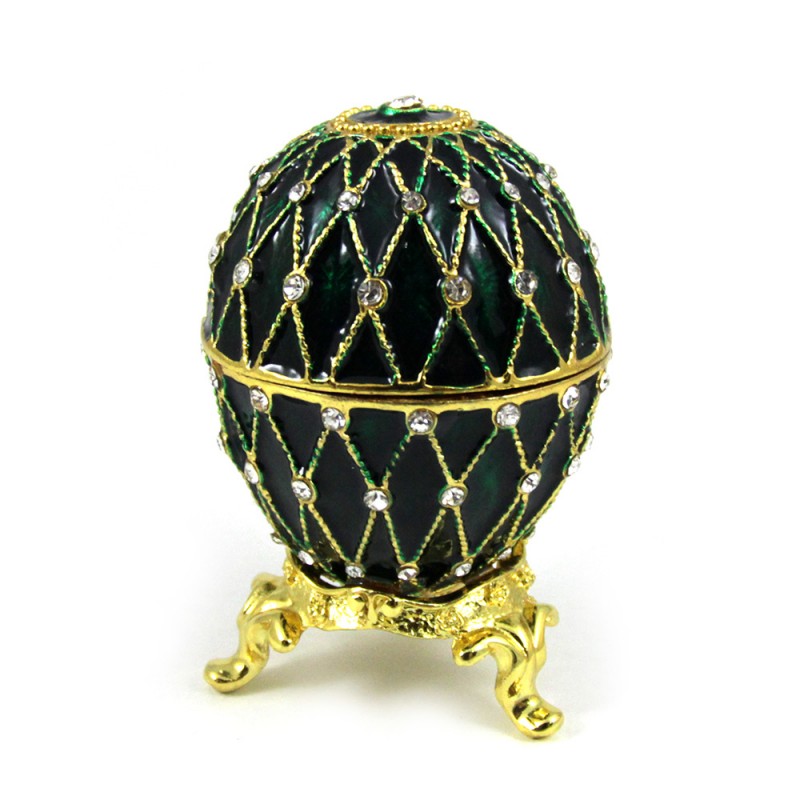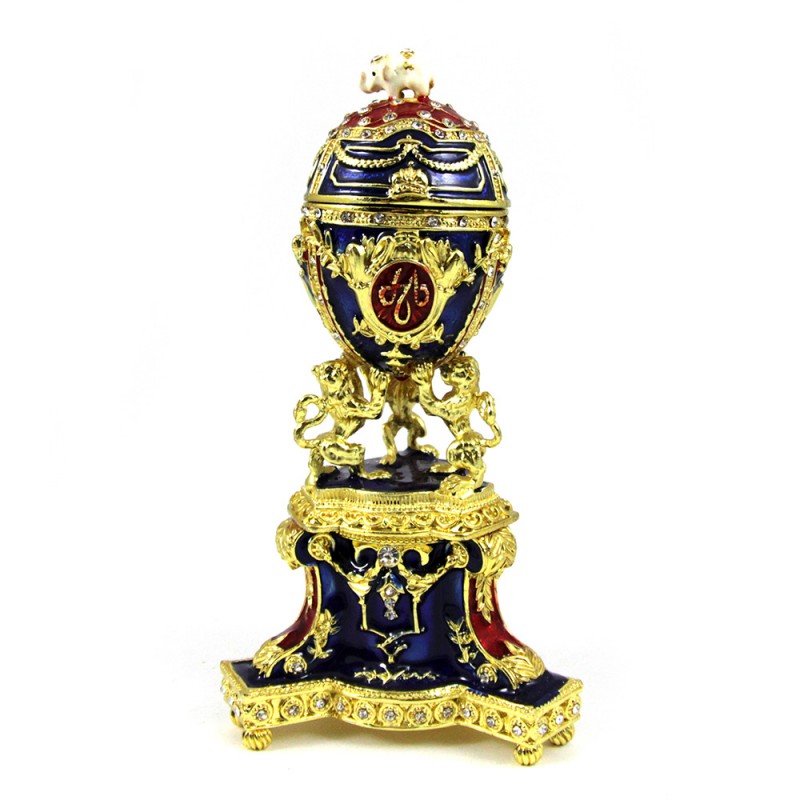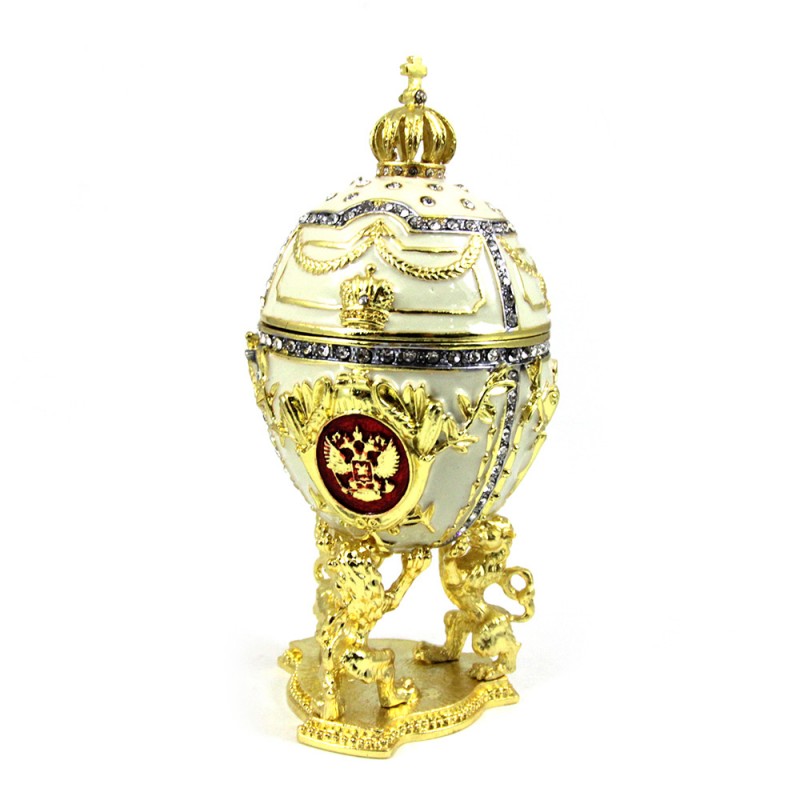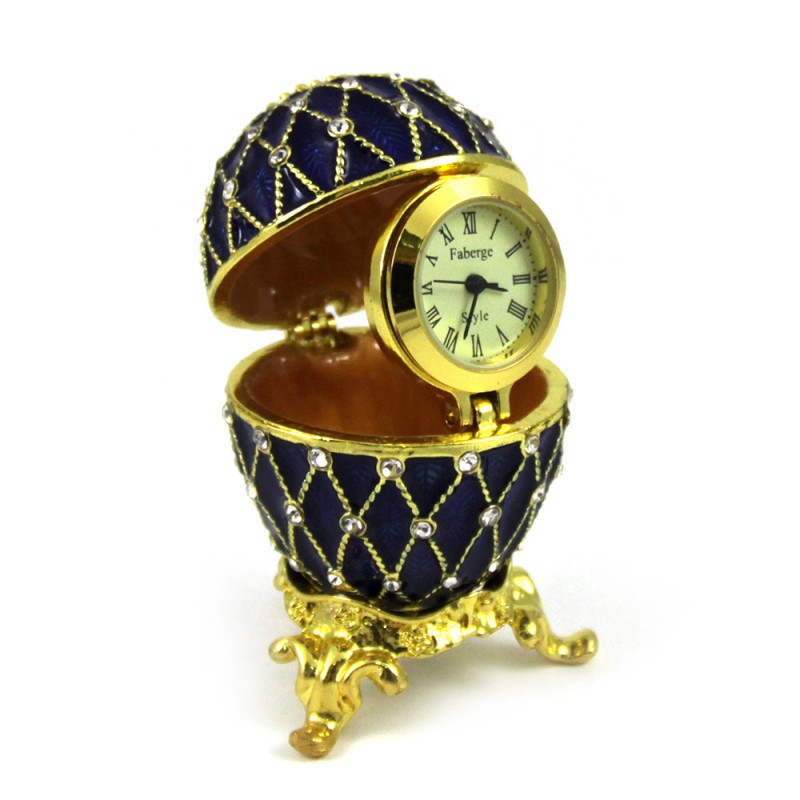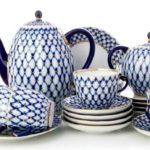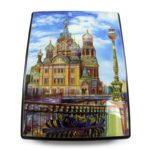Egg as a symbol was always associated with eternal life, the Victory of Life over Death. María Magdalena came to the emperor Tiberius to tell him about Resurrection of Jesus Christ. As by tradition she was supposed to give the emperor some gift but she could not give him anything because she was too poor. She had just a chicken egg and she gave it to him. Having heard the story about the Resurrection the emperor said that it is as impossible as this egg cannot become red. Egg turned red right away.
In Russia there was a tradition to give precious eggs as gifts for Easter- eggs-pendants. Each girl received a little precious pendant every year and with time those little eggs formed a wonderful necklace, every charm was a good memory. Boys would hang their egg-charms on a chain for their pocket watch. Of course, what the world knows is the Imperial Eggs. Emperor Alexander III presented a lovely precious egg to his spouse Maria, the Danish princess Dagmar, for Easter of 1885. Spouses loved gently each other. Similar jewelry was a part of the Danish Royal House. The egg was in a gold shell, enameled, inside there was a gold chicken with ruby eyes and opening it one would find a diamond crown. But the gift to the empress contained one more surprise – a precious pendant in the form of an egg. Having found this surprise, the empress was thrilled and it became a family tradition to present precious eggs for every Easter.
The great jeweler Carl Faberge created 61 eggs. Among these masterpieces there is “the Coronation egg” where the surprise is a tiny copy of the imperial carriage. “Lily of the valley egg” where on the egg covered with softly pink enamel one can see little pearls scattered as dew. 3 tiny portraits – those of the emperor Nikolas II and his first two daughters decorate its top. The Laurel tree – the crown is made in a shape of an egg and consists of hundreds of jade leaves.
Today souvenir Faberge eggs are a reminder of the great history of Russia.





